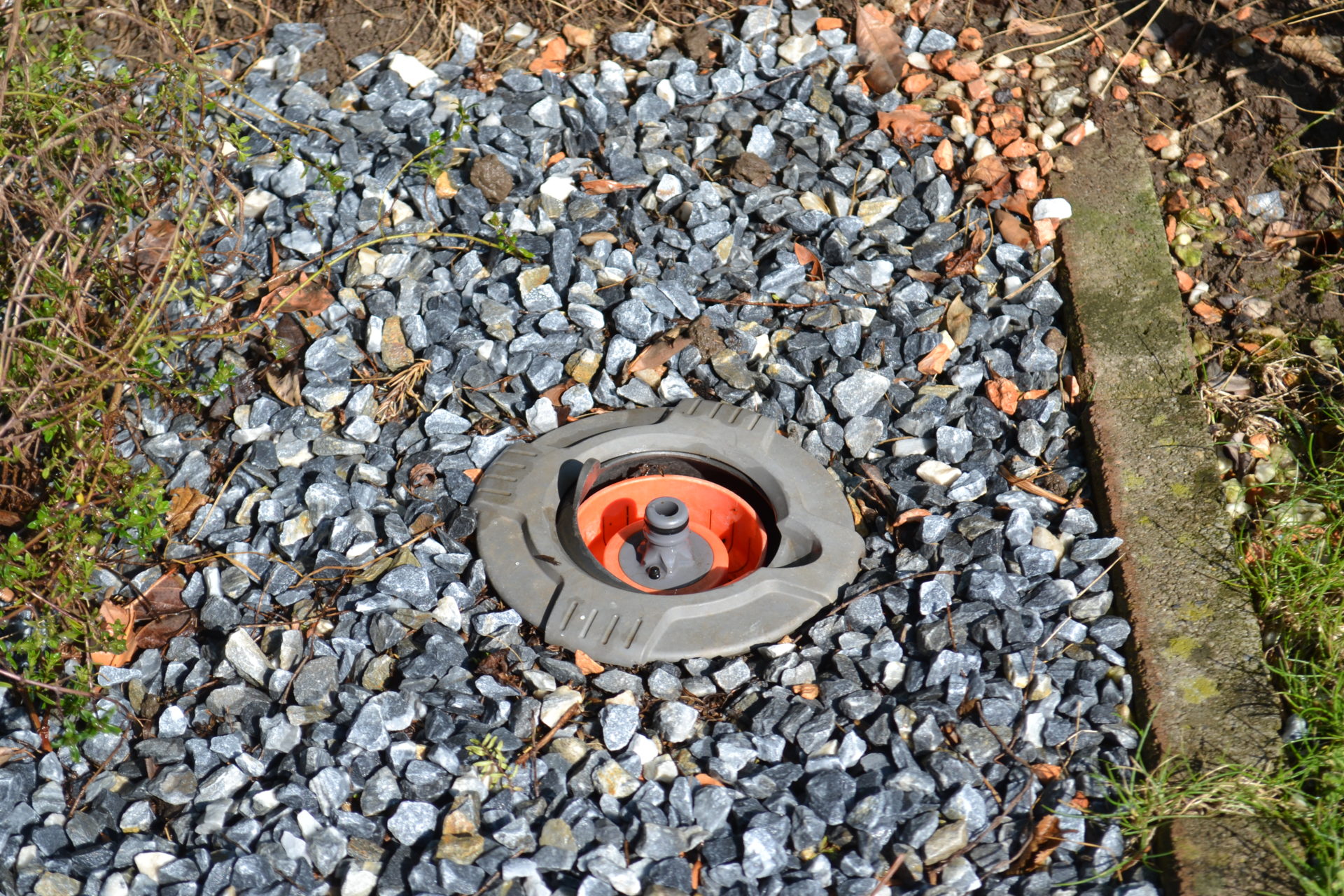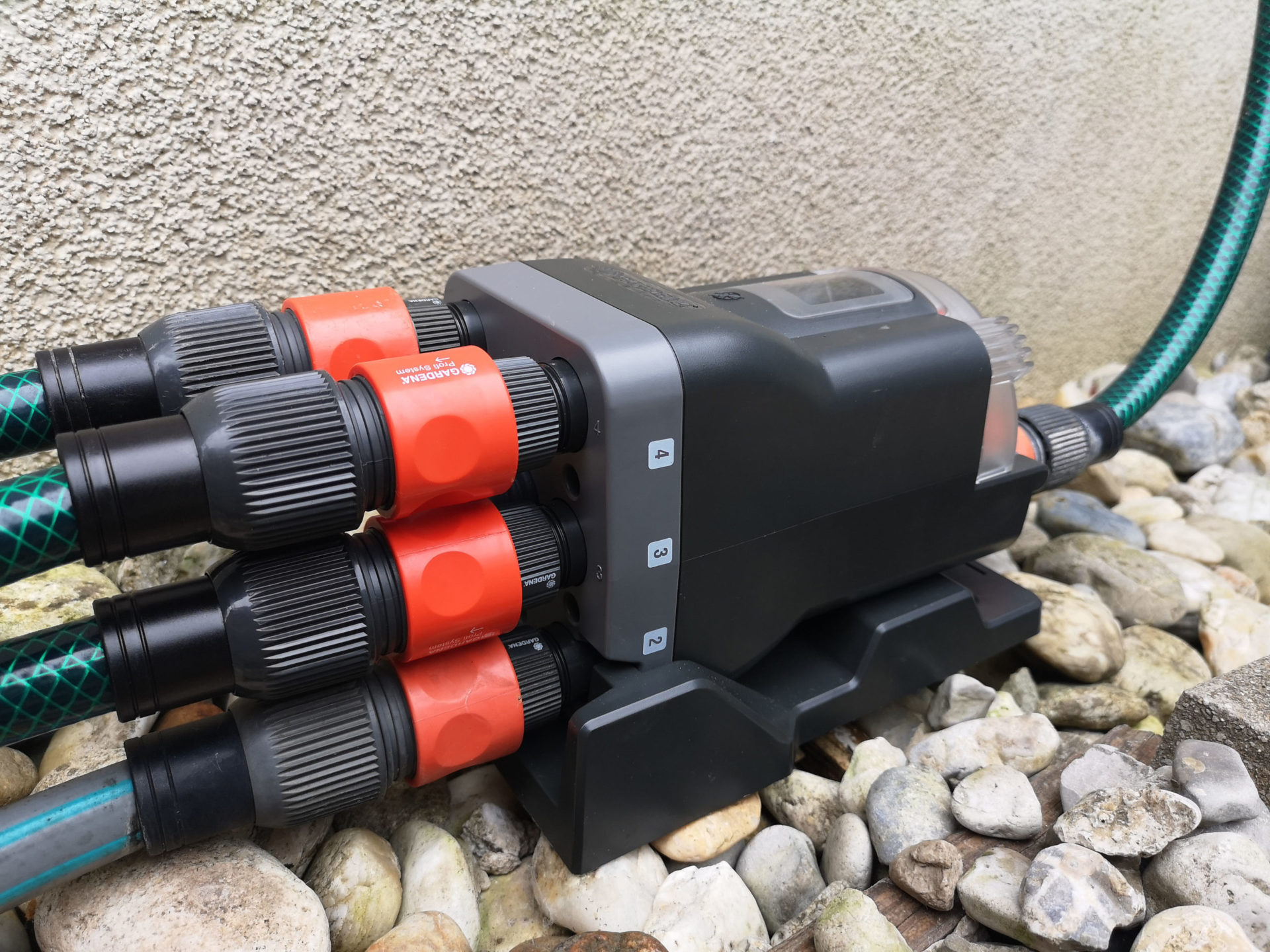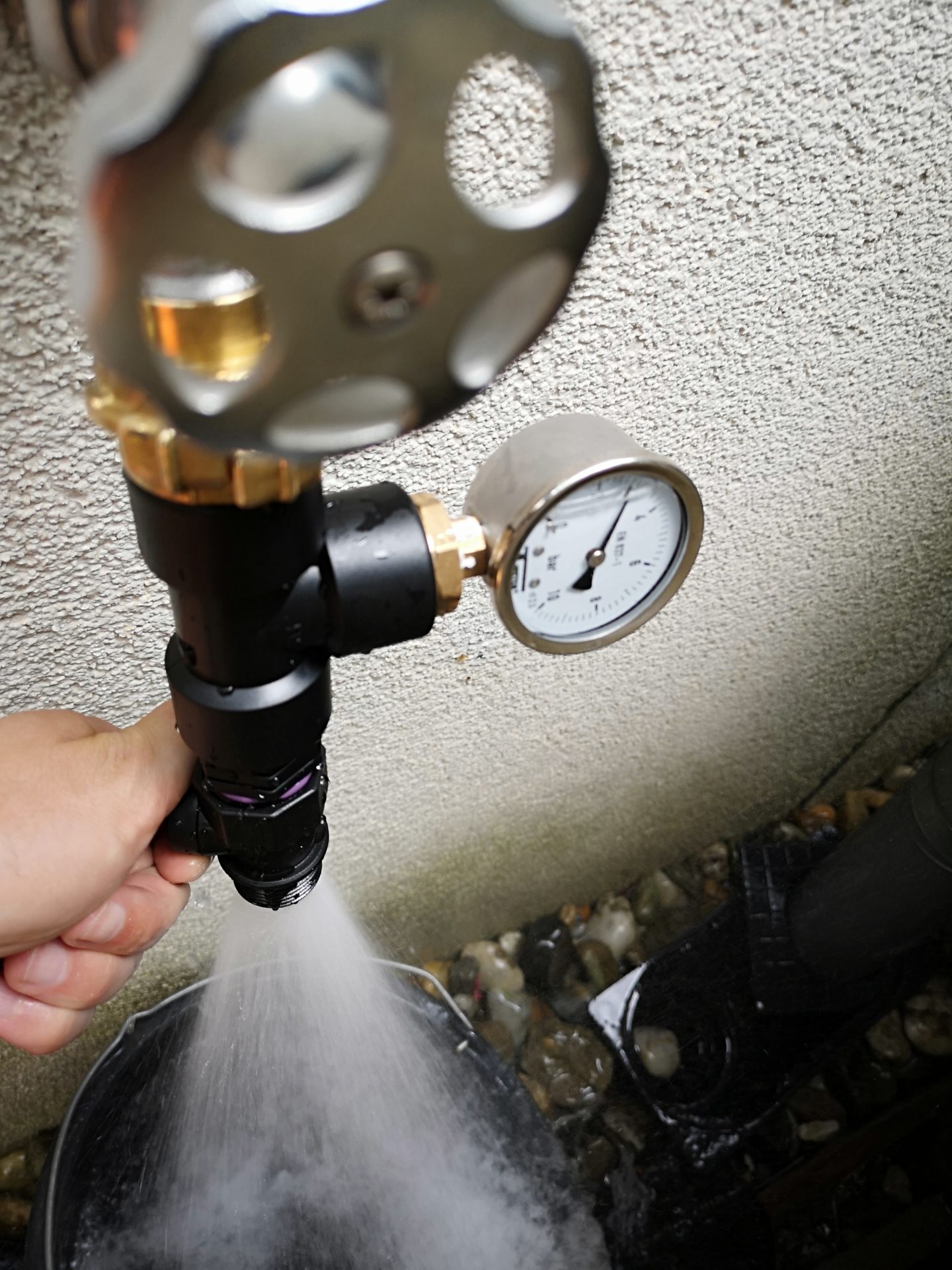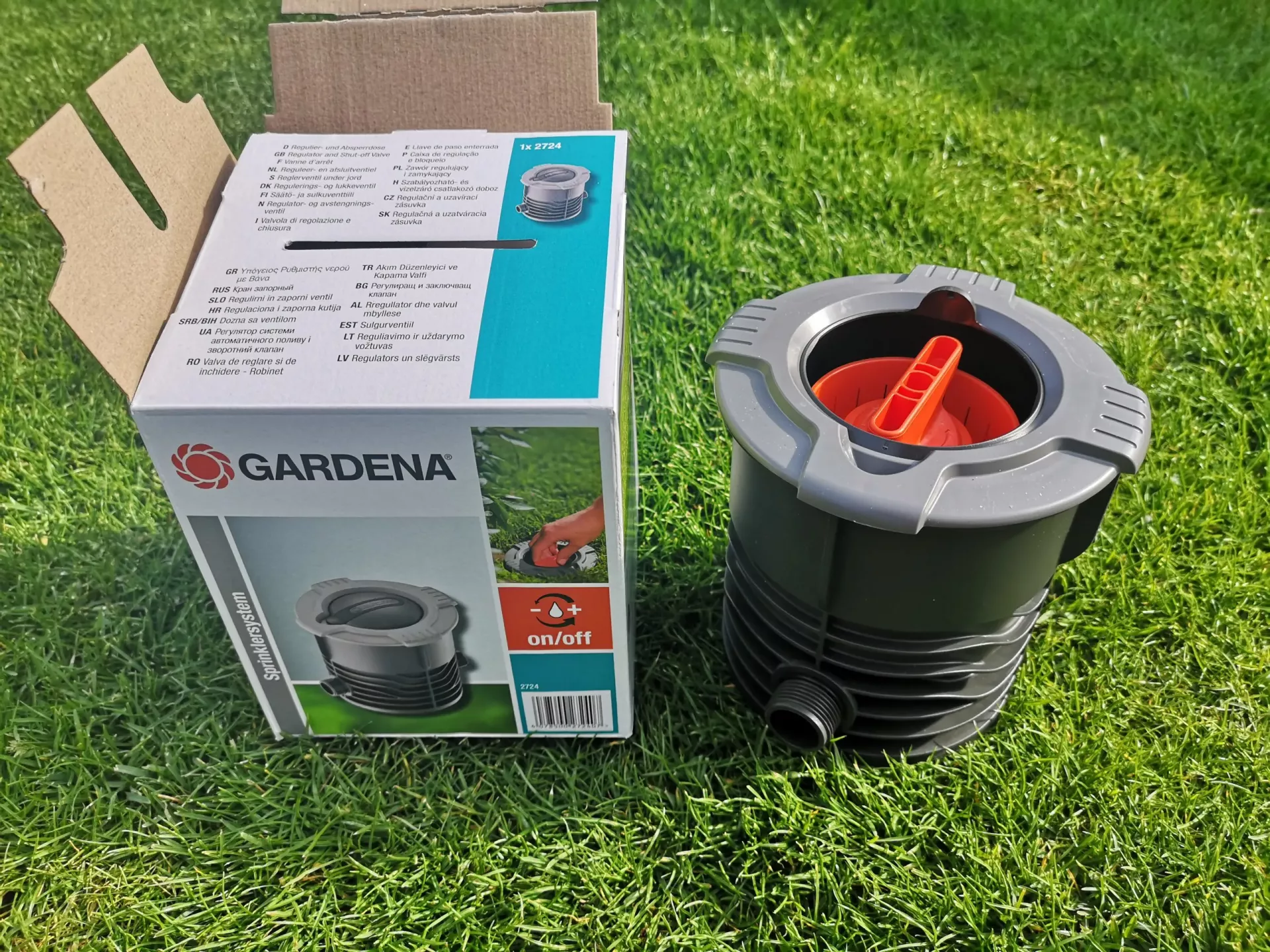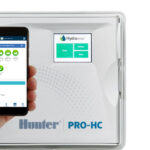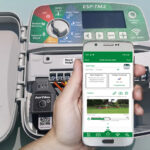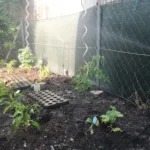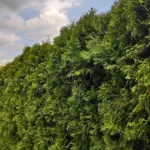The term water socket is a word coined by the irrgiation company Gardena. Other manufacturers sell similar products under the names “water hydrant”, “hydrant well”, “quick coupling valve” or as a special kind of valve box. The basic principle of a water socket is easy to explain: It is about having one or more additional points for water extraction in the garden in addition to the main water tap. This saves you having to walk halfway around the garden with the watering can and the water is available directly where you need it. The part is called water socket because the function is as simple as plugging in a power plug: the coupling of the garden hose is plugged in and the hose gets water immediately. When you’re done, you can simply pull the hose off again. This is ensured by the automatic water stop function contained in the Gardena water socket.
With some other manufacturers, the water hydrant is activated with a key instead. The tubular key is inserted and turned, thus opening the valve. The disadvantage is that you need the key every time to use the water hydrant. In practice, it will often be left permanently attached to the hose so that you don’t have to put it back together again. A third variant of the water hydrant consists of a conventional valve box in which a water tap is installed, e.g. Rain Bird VBA 17186. This has the advantage that you can open and close the water supply manually.
Water sockets are completely buried in the ground, only the upper part for connecting the hose remains visible. The housing of the hydrant must be level with the ground, this is particularly important if the socket is buried in the lawn and you want to mow the lawn over the socket. At the lower end of the socket there is a 3/4 inch connection thread for connecting to the water pipeline. The water socket remain firmly in the ground even in winter.
When not in use, the cover of a water socket is closed to prevent dirt from getting into it. The cover closes flush with the top edge of the socket. With Gardena it looks like this:
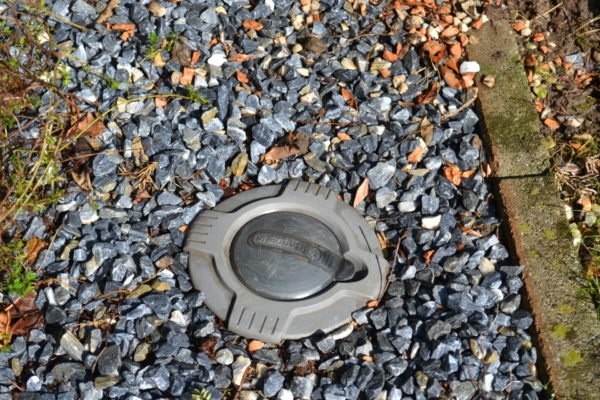
Gardena water socket when closed
Inside the water socket is the usual Gardena 1/2 inch tap connector, which is otherwise used, for example, to connect the hose coupling to a water tap. Underneath, not visible from above, is the stop valve. If you connect a coupling to the tap, the stop valve opens automatically and the water runs. In my experience, the stop valve is the weak point of the Gardena water connector and tends to break after a few years. This then manifests itself as in the following picture, the water sprays out of the water socket:
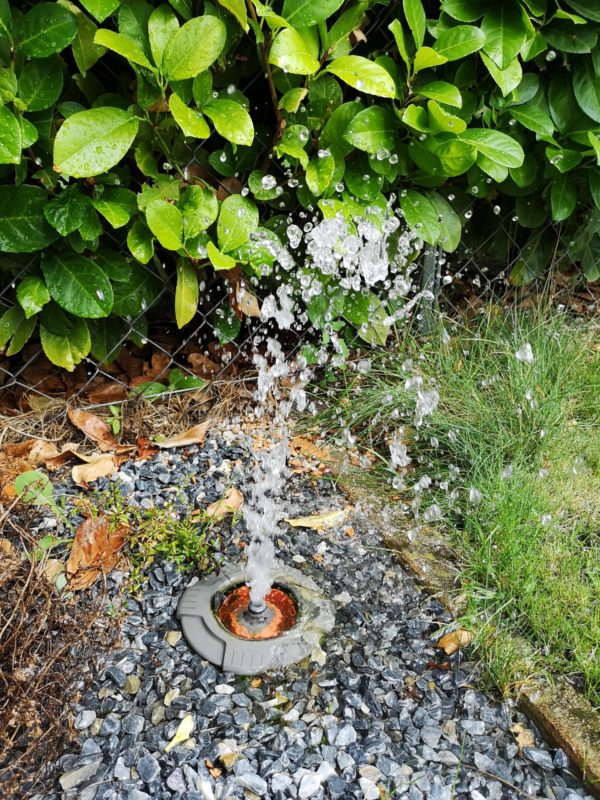
Water socket with defective water stop valve
You can reorder the stop valve and easily change it without digging up the socket, but it costs more than half the price of a new water socket. Apart from that, inside the can there is also a dirt sieve that can be lifted out and emptied.
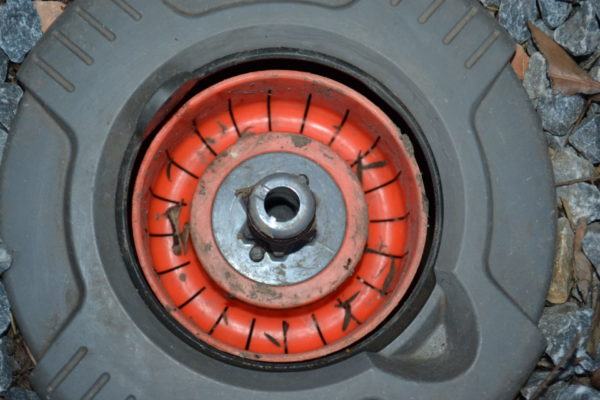
Inside the Gardena water socket is the tap connector for connecting the hose and the orange strainer that catches dirt that falls into the socket.
A 1/2 inch hose can be connected to the Gardena water socket. This is sufficient for many things to be done in the garden. But if you need large amounts of water, for example to fill a pool, then it is much faster with a 3/4 inch hose. For this purpose, other water sockets, such as the Rain Bird P33 quick coupling valve or also the Rain Bird VBA 17186, have an advantage. These have a larger 3/4 inch outlet as standard and thus enable a much higher flow rate.
Tip: The Gardena socket can also be temporarily converted to a 3/4 inch outlet with little effort. To do this (when the water supply is turned off), simply unscrew the existing 1/2 inch tap piece from the thread and replace it with a 3/4 inch tap piece with the same thread size. In this way, the swimming pool can be quickly let in and afterwards you can switch back to the 1/2 inch tap connector, since a 3/4 inch hose is rather impractical in daily use because it is heavy and unwieldy.
There are two basic application scenarios for a water socket:
- Simple forwarding of the previous water extraction point to a more conveniently located point
- Embedding the water socket in an automatic garden irrigation system
With the first variant, there is relatively little to consider: An underground pipeline is laid from the old water source (water tap or water pump) to the new one. Then connect the old water source and the water socket (with the appropriate connector) and you’re good to go.
If the water socket is operated within an irrigation system, it requires its own supply line that is independent of the sprinklers, sprayers, etc. A water socket can be operated with both a tap and a garden pump.
Several water sockets can easily be operated on one supply line. If these are used at the same time, which is unlikely in normal practice, care should be taken to ensure that the existing water pressure is sufficient for all sockets to be able to provide full power. This should be less of an issue with Gardena’s 1/2 inch outlets than with sockets with 3/4 inch outlets.
Tip: In practice it has proven to be very advantageous to keep the water socket ready for operation at all times. This prevents you from having to turn on the water supply every time to get water from the water socket. The water supply should therefore remain open so that the socket is always pressurized and water can be removed at any time. Especially if you want to use the socket for small water withdrawals in between, such as filling the watering can, rinsing off dirty hands, recharging the children’s water pistols, etc. If you have to turn the water supply on and off every time, the water socket quickly loses its meaning.
Prices
Water sockets cost between 20 and 30 USD. The quick coupling valves from some manufacturers look a bit cheaper at first glance, but the key for these must be purchased separately.

